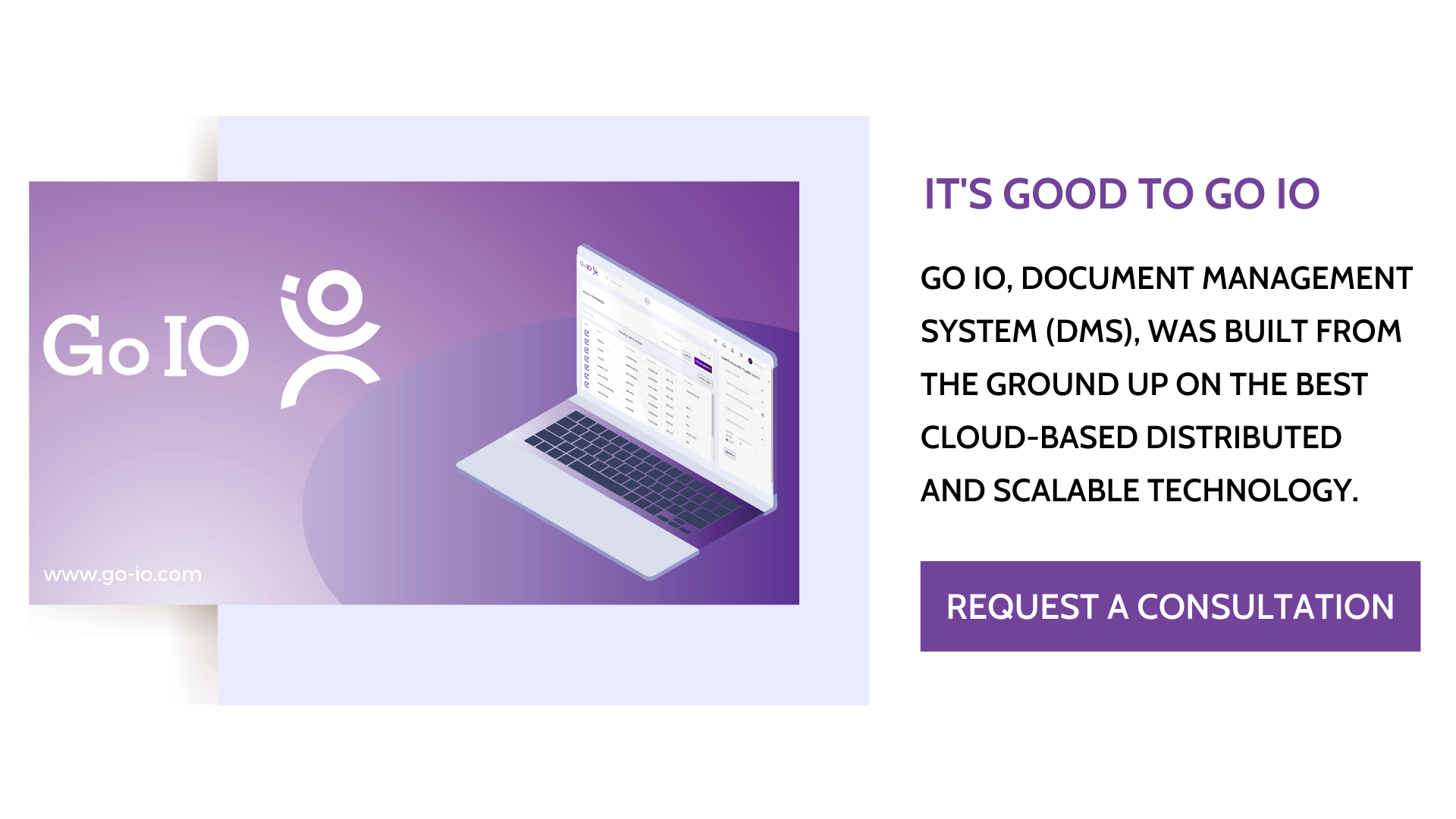Top 10 Benefits of SaaS vs On-Premise Support
The SaaS vs On-Premise debate popularized when cloud-based solutions become the forefront in software development.
On-Premise installs software directly on computers for an employee or organization. Software as a Service (SaaS) is an alternative to conventional software systems, which are traditionally hosted in a physical location. A user can connect to a remote base on a central server. Subscription licensing is the future for giving consumers access to data through the cloud while still creating scope for profit.
On-Premise Support
On-Premise works on-site using the company’s servers and IT environment. A licensee will run server-based software through their hardware. Hardware requires ongoing maintenance to ensure it is compatible with the software as well as scheduling updates and backups. The ongoing costs and lack of support from manufacturers discontinuing products have given way to SaaS as the more popular option.
Why Choose SaaS vs On-Premise
Software as a Service offers unprecedented flexibility for its users creating an environment that effectively completes workflows. These ten benefits for SaaS are just the beginning of what cloud-computing can accomplish for a team.
Cost
SaaS has proven to be the most efficient way to manage data from a cost and scaling perspective. Most companies do not require licensing fees, which reduces upfront costs. The subscription model prices make it affordable for teams to get software and scale accordingly. A shared environment maximizes possible usage without increasing cost.
Security
On-Premise traditionally has been the most secure way to host private information. However, SaaS follows compliance regulations and protects data from the inside out. Data is backed up both in the cloud and by the user, providing an added layer of security and reducing downtime in case of emergency.
Ease of Use
SaaS applications will offer interactive help for first-time users and provide easy interfaces to reduce complications when beginning on new software. The learning curve has proven to be low through practice environments and samples.
Proof-of-Concepts
Trial offerings let consumers test software functionality before purchasing. Integration is smooth when the potential customer knows the software will meet exact needs. The technical aspects of on-premise software limit the possibility for test environments.
Quick Configuration
Different from a traditional model, SaaS is preconfigured and downloaded through the cloud. Set up only requires provisioning the server, and the system will be ready to use.
Integration
It is easy to connect separate software that uses a SaaS model to work together functionally. Without configuration, a team leader can safely distribute applications throughout an organization. Companies can innovate legacy applications without creating additional IT resources.
Scalability
Usage plans reduce or grow based on need without any downtime. Adding users to the system does not require additional software or configuration. As a company grows, a SaaS application can grow with it.
Access
Success in the modern workplace links to how quickly and efficiently workflows are completed. Users can access data from anywhere at any time by utilizing internet access to connect to the server. Increased access with SaaS increases productivity. SaaS gives the power to access data remotely and complete tasks wherever they work.
Upgrades
Upgrades can be completed remotely with little to no downtime. An on-premise provider can require the customers purchase upgrade packages to stay up to date. With SaaS, updates will be available immediately following release.
High Adoptions
The adoption of SaaS by large established organizations such as Adobe and Salesforce proves that the model works. A new integration model can be daunting for any organization but, growing adoption has proven the efficiency and productivity benefits are worth the leap to go with SaaS vs On-premise.



